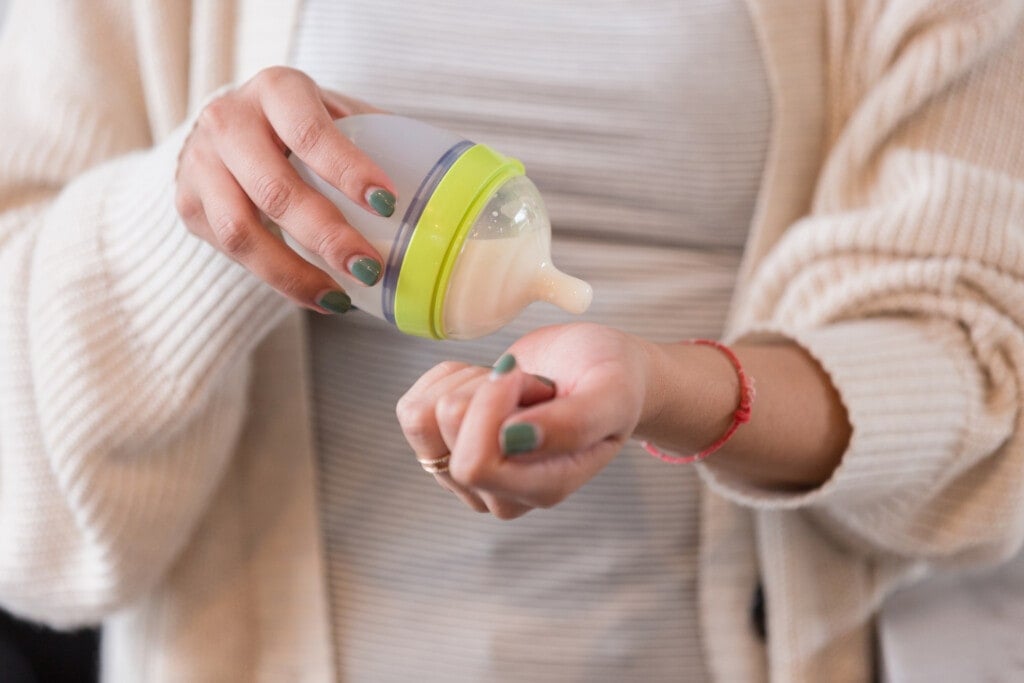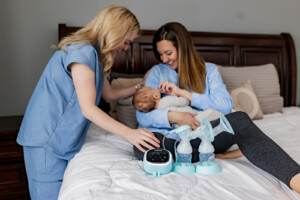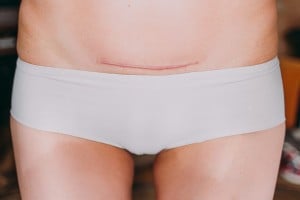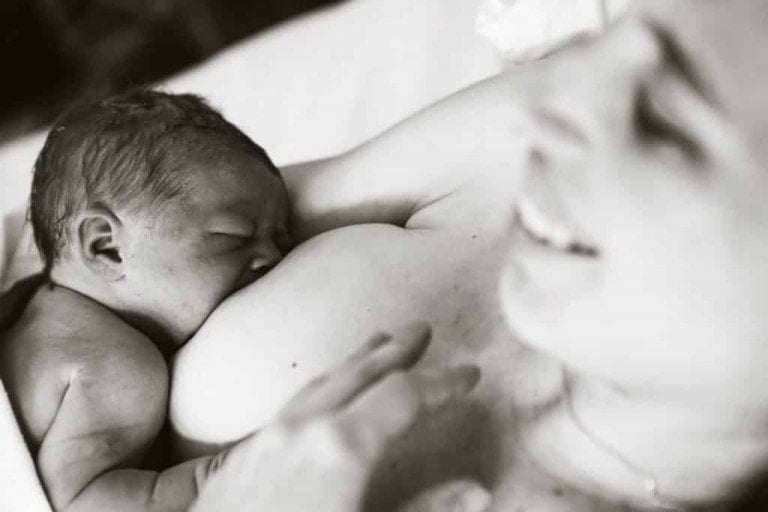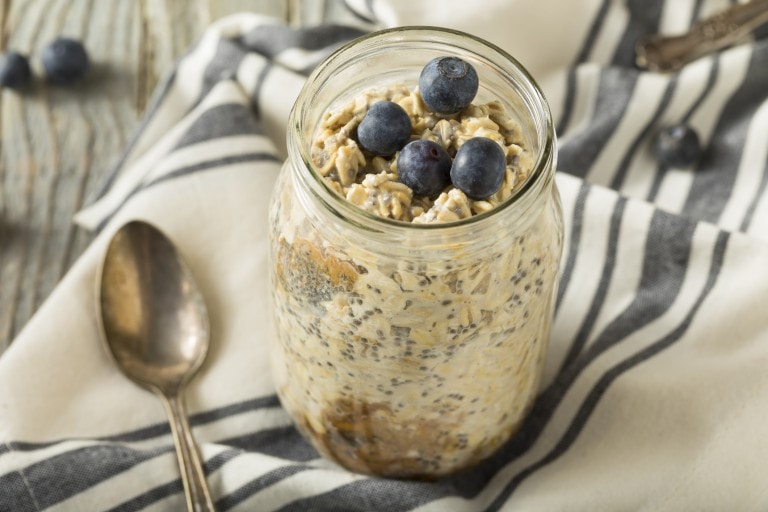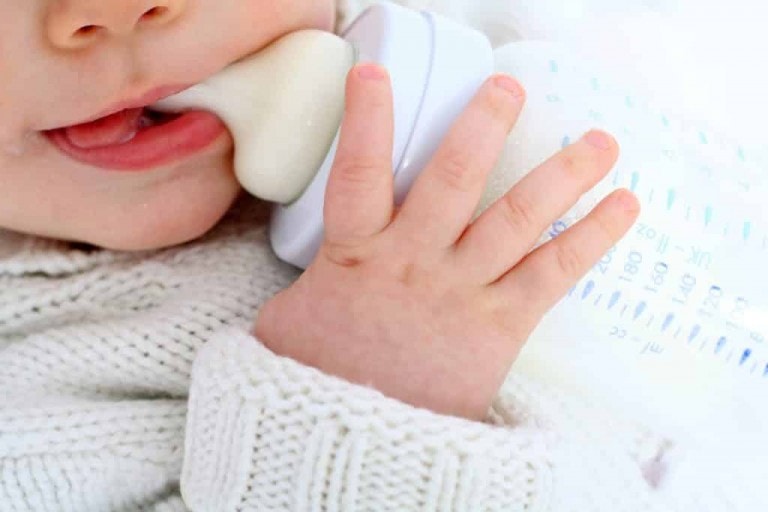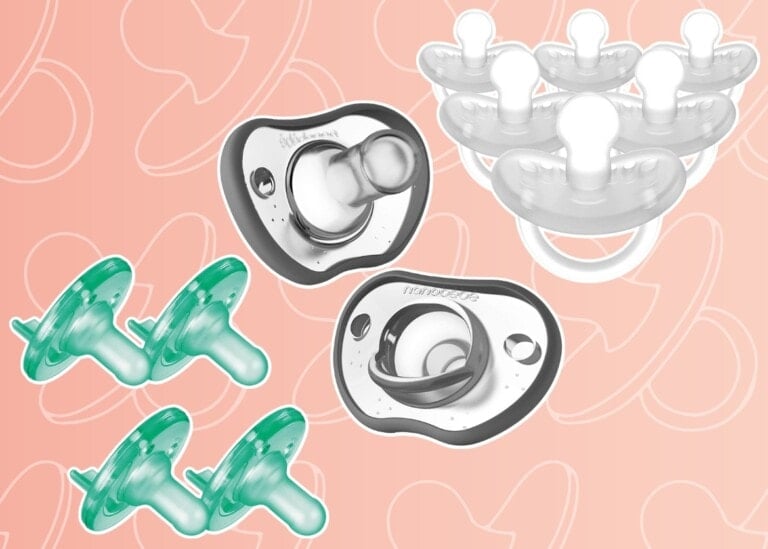They don’t call breast milk “liquid gold” for nothing. If you’re fortunate enough to breastfeed your baby, you’ll soon learn after a quick search in your mom groups on social media that there are many uses for breast milk other than feeding your baby. This nutrient-packed superfood can also cure other things. Some “cures” are according to science, and some are more anecdotal that moms swear have worked for them.
Potential Breast Milk Cures
According to the Medela website, “Studies show that breast milk’s powerful immunological properties are effective in the treatment of many skin and soft tissue conditions,” such as:1,2
- Diaper rash
- Eczema
- Acne
- Umbilical cord separation
- Sore, dry, or cracked nipple
- Pink eye
- Nasal congestion
- Minor scrapes
- Burns and other superficial skin wounds
While I had to exclusively pump for 18 months for my child to get breast milk (0/10 would not recommend), I was always super thankful for the stash I had saved in the freezer just in case. I didn’t use this solely for feeding him. I kept it if he ever had anything, like cradle cap, eczema, a clogged tear duct, and more.
So what are the uses for breast milk, and does it cure anything? Is it the duct tape of the parenting world where you can toss a little bit of it at the problem, hope it sticks, and then fixes the issue? Experts weighed in on what was true, what didn’t have science backing it up, and everything breast milk was exceptionally good at. They also weighed in on how it affects your baby’s growth, gut, and general health.
Breast Milk for Clogged Tear Ducts
My son had a clogged tear duct for the first month of his life, and I constantly stressed about this. My pediatrician never suggested this, but about 75 of my “closest mom friends” did suggest in the Facebook group I was in that I should put breast milk in it. At first, I didn’t understand how it would make it better. I felt like the milk would be sticky and make it worse.
Dr. Whitney Casares, MD, founder, and CEO of The Modern Mamas Club App and Modern Mommy Doc, says that “Old wives’ tales recommend using breast milk as a treatment for this condition because of its antibacterial properties, but gently massaging the skin between the eye and the bridge of the nose in a downward motion consistently is more likely to result in improvement.”4,5
Alternately, Jada Shapiro, CLSC and founder of boober, says, “Putting a few drops of breast milk is often recommended by parents and sometimes pediatricians to help clear your baby’s blocked tear duct. The antibodies and immunological factors may help reduce clogs and infections.“6
Deedee Franke, RN, BSN, IBCLC, at Mercy Medical Center, says that while she wasn’t aware of breast milk helping with a clogged tear duct, experts knew that (before antibiotic use) women would sometimes use the breast milk if an infant was thought to have an eye infection. Franke adds, however, that breastfeeding can prevent allergic diseases as well.7
Breast Milk for Eczema
Some other uses for breast milk include the potential treatment of eczema. Franke says breastfeeding can prevent other common issues like eczema, food allergies, and respiratory allergies. But suppose your baby does end up suffering from eczema. In that case, Shapiro adds that some studies suggest that breast milk has anti-inflammatory properties and that topical application can support the treatment of skin problems. “Some small studies have shown it may be as or more effective than hydrocortisone,” she says.
According to several studies, Casares says breast milk is more effective at treating babies’ eczema than one percent hydrocortisone because of these anti-inflammatory properties. She adds that you can also use breast milk to treat diaper rash. So mark one in the scientifically proven column for added benefits of breast milk. And when it comes to other skin issues, like cradle cap, breast milk may also be a good treatment for that ailment.
Breast Milk for Cradle Cap
What is cradle cap exactly? Cradle cap causes crusty or oily scaly patches on a baby’s scalp.3 It occurs when there’s excessive oil production by skin glands surrounding the baby’s hair follicles. So how does breast milk help with cradle cap? Shapiro says, “Many parents have found breast milk to be an effective cradle cap treatment. They rub it into the scalp either alone or with mild baby shampoo and gently massage and brush the scalp to soften and loosen scaly, flaky skin.”
“Breast milk contains antibodies, epidermal growth factor (EGF), and erythropoietin, which may promote the growth and repair of skin cells,” Casares adds. “These factors may be the reason it can help cradle cap in some situations.”
Topically, breast milk can take care of quite a few ailments. What about dropping it in the ears for ear infections?
Breast Milk and Ear Infections
Interestingly, breastfed babies are less likely to get ear infections in the first place because of breast milk’s antibacterial properties. Franke says breastfeeding decreases the risk of ear infections for babies by a whopping 50%. However, Casares thinks you should not drop breast milk directly into your baby’s ear. While breast milk seems good at preventing ear infections, it appears it’s not a very good way to cure them. But there are so many other benefits this liquid gold does for our babies when they nurse.
Other Breast Milk Uses and Benefits
“Breast milk is an amazing food with nutritional benefits and health benefits for babies and lactating parents alike,” Shapiro says. “Replete with immunological properties, it not only feeds newborns and helps them grow and thrive, it protects newborns from respiratory diseases, ear infections, gastrointestinal disease, and helps reduce long-term illnesses like diabetes, asthma, hypertension, and more.”
Additionally, Shapiro adds that breast milk has been used therapeutically by families and medical practitioners as treatments for cuts, skin infections, chapped nipples, conjunctivitis, and more. Franken says the risk of lower respiratory tract infections is reduced by 72% if an infant is breastfed exclusively for four months. Additionally, preterm infants who received breast milk had a decreased chance of getting a nasty gastrointestinal infection called necrotizing enterocolitis by 77%.
Other stats Franken provided include decreasing “the incidence of non-specific gastrointestinal infections in full-term infants by 64%,” reducing the risk for SIDs by 36%, and up to 30% reduction in the incidence of type 1 diabetes for infants who are exclusively breastfed for at least three months. Breast milk also has benefits for the mom, too. Casares says you can use breast milk to soothe sore nipples and moisturize chapped lips because it contains healthy fats and healing properties.
So breast milk is liquid gold and can potentially treat many ailments, from cradle cap to eczema. It also prevents many respiratory diseases, ear infections, stomach issues, diabetes, asthma, and hypertension. Always check with your healthcare provider before trying any of these remedies, as every child and circumstance is different.













